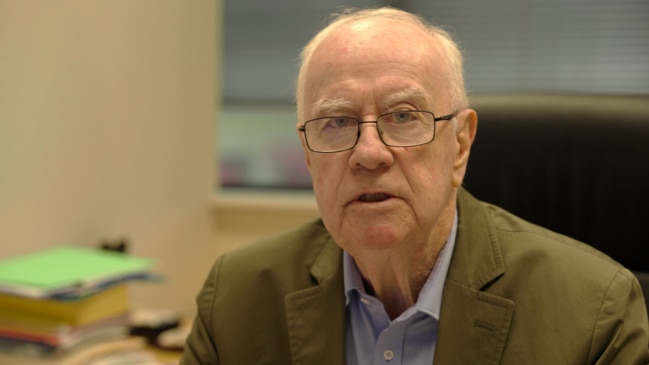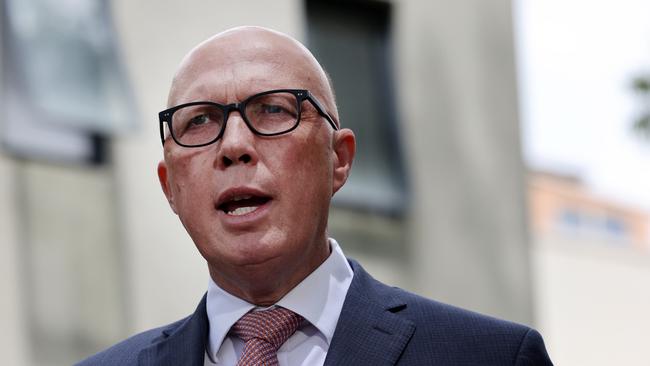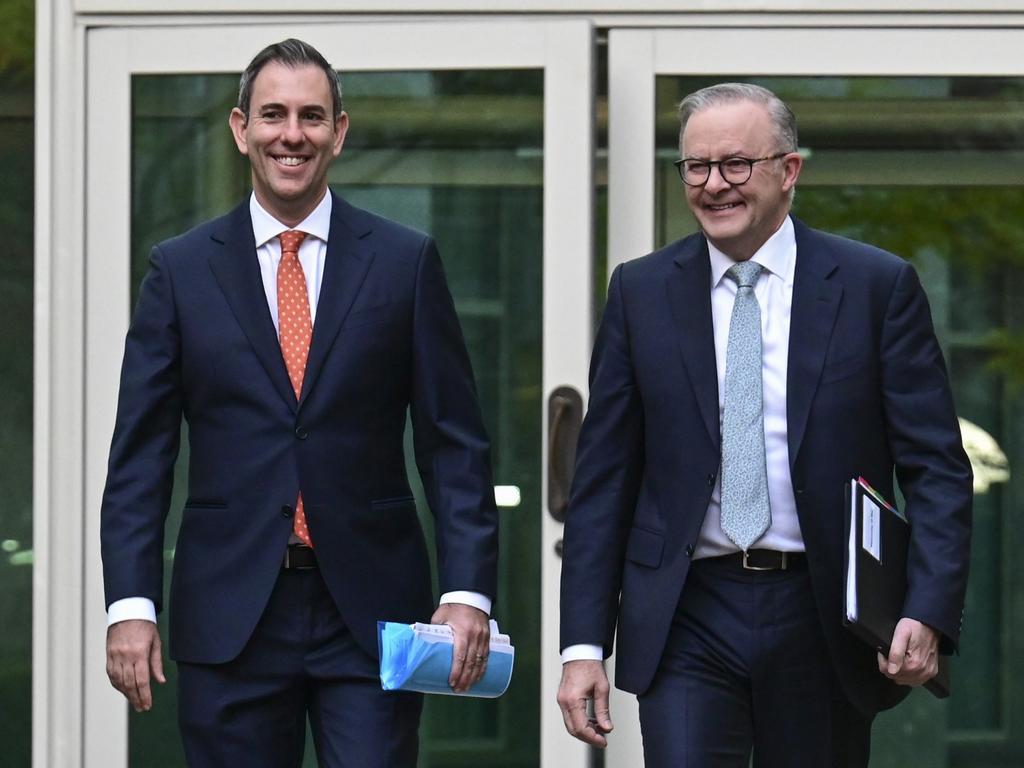Newspoll: Key states and women drifting away from Labor and Anthony Albanese
An exclusive state-by-state and demographic Newspoll analysis shows the political contest tightening significantly between the two major parties, with Labor losing voters across key battlegrounds.

Support for federal Labor has slumped in NSW and Queensland over the past two months while its key advantage over the Coalition among women voters has also evaporated nationally as cost-of-living pressures resonate throughout middle Australian households.
The Albanese government has lost ground in the critical 35 to 49-year-old demographic, considered to be the swing group that decides elections, while Anthony Albanese’s approval ratings have fallen almost universally.
An exclusive state-by-state and demographic Newspoll analysis conducted for The Australian shows the political contest tightening between the two major parties, with Labor losing voters across key battlegrounds.
Labor’s two-party-preferred lead among Middle Australia – the 35 to 49-year-old group – has been eroded from a lead of 56-44 per cent to 53-47 per cent, based on a primary vote fall of four points. It has also lost ground in the 50 to 64-year-old group, with the Coalition now leading on a two party preferred split of 52-48 per cent, having previously drawn level with Labor in that contest.

The decline in Labor’s support base has occurred amid the fall in living standards, higher interest rates and inflationary pressures on household budgets.
One of the key advantages that Labor and Mr Albanese held over the Coalition and Peter Dutton was stronger support among female voters. The latest quarterly Newspoll analysis shows that the party political gender gap has been erased. On primary vote, more female voters now support the Coalition than Labor by a margin of 36 per cent to 30 per cent. Labor leads slightly with male voters on 37 per cent compared with 36 per cent for the Coalition.
The Greens continued to attract female voters lifting another point to 16 per cent. This led to a sharp contraction in the two-party-preferred contest among women from 56-44 in favour of Labor in October to 52-48 now. This decline has only partially been offset by a rise in the two-party-preferred vote for male voters from 51-49 in October to 53-47 per cent now in Labor’s favour.
Overall, Labor ends the polling period retaining a two-party-preferred lead over the Coalition of 52-48 per cent, which is in line with its election-winning result of May 2022. However, this marks a fall from its lead of 54-46 per cent two months ago, just prior to the October 14 indigenous voice referendum.
In NSW where Labor’s primary vote has fallen six points to 32 per cent, reducing its two-party preferred lead to 51-49 which is now just below its election result. Similarly in Queensland, Labor’s primary vote has fallen further to 27 per cent, a five-point drop since October, giving the Coalition a 54-46 per cent two-party-preferred lead and wiping out all of Labor’s post-election gains in that state.

NSW is considered critical to Coalition hopes of being competitive at the next election, whereas Queensland is less likely to be as influential.
Both parties have gone backwards in Victoria with the Coalition and Labor even at 34 per cent, but with a two-point rise to 15 per cent for the Greens, Labor has slightly improved its two party preferred lead from 54-46 per cent to 55-45 per cent.
Western Australia remains strong for Labor, which improved its two-party preferred lead of 53-47 per cent to 54-46 per cent on the back of a one-point fall in primary vote for both major parties which are level on 37 per cent. However, the Coalition has improved its stocks in South Australia after reducing Labor’s 55-45 per cent lead to 53-47 per cent.
The analysis covers Newspolls conducted between October 31 and December 15 and is based on a sample size of 3655 voters across Australia.
The Coalition has lost further support among younger voters, with a four-point fall in primary vote to 22 per cent, which leaves it trailing the Greens on a primary vote of 25 per cent among 18 to 34-year-olds.
This gives Labor a 66-34 per cent lead on a two-party-preferred basis among this demographic, in comparison to the 59-41 per cent lead the Coalition holds over Labor among the over 65s.
Mr Albanese’s approval ratings have fallen into negative territory in every state, with the largest fall in satisfaction with his performance in NSW where his approval rating fell from 50 per cent to 39 per cent.

The Prime Minister now has a higher dissatisfaction rating than Mr Dutton in NSW, Queensland and South Australia. For the first time, the Liberal leader has also emerged as the preferred prime minister over Mr Albanese in Queensland, by a slim margin of 41-40 per cent. Mr Albanese leads in all other states.
Nationally, however, Mr Albanese has seen his margin over Mr Dutton on this measure fall from 51-31 to 46-35.
The Greens continue to attract strong levels of support among renters (20 per cent), part time workers (19 per cent) and unemployed (22 per cent).
Among households of incomes between $100k-$149k, the minor left-wing party also attracted 17 per cent of the primary vote. It lifted its support also among the university educated to 16 per cent while also attracting 19 per cent of those voters claiming to have no religious beliefs.








To join the conversation, please log in. Don't have an account? Register
Join the conversation, you are commenting as Logout